Blue giants and red giants
What is a star?
A star is a sun, which shines through nuclear reactions that occur in the center.
With the exception of the Sun, the stars appear to the naked eye as a bright, shimmering due to atmospheric turbulence, without immediate apparent motion relative to other fixed objects in the sky.
All the stars are considerably more distant from Earth than the Sun.
The nearest star, Proxima Centauri, is located about 4 light years of the solar system, nearly 250 000 times farther than the Sun.
The mass of a star is of the order of 1030 kg and its radius of the order of several million kilometers.
The power radiated by a star like the Sun is about 1026 watts. Stars form due to the contraction of a nebula of gas and dust under the influence of gravity.
If the heating of the material is sufficient, it will trigger the cycle of nuclear reactions in the heart of the nebula to form a star. The energy from these reactions is then sufficient to stop its contraction due to the radiation pressure generated.
The number of stars in the Universe is estimated at between 1022 and 1023. Apart from the Sun, the stars are too faint to be observed in daylight.
Image: Birth of a Star: composite image from data of X-ray telescope Chandra (blue) and data from the Spitzer Infrared Telescope (red and orange).
At about 4 000 light years from Earth lies RCW 108, a region of the Milky Way, where star formation is active where the presence of clusters of young blue stars in the picture. That we see born, in yellow in the center of the image is deeply rooted in a cloud of molecular hydrogen.
NB: The astronomers classify stars in dwarf or giant. 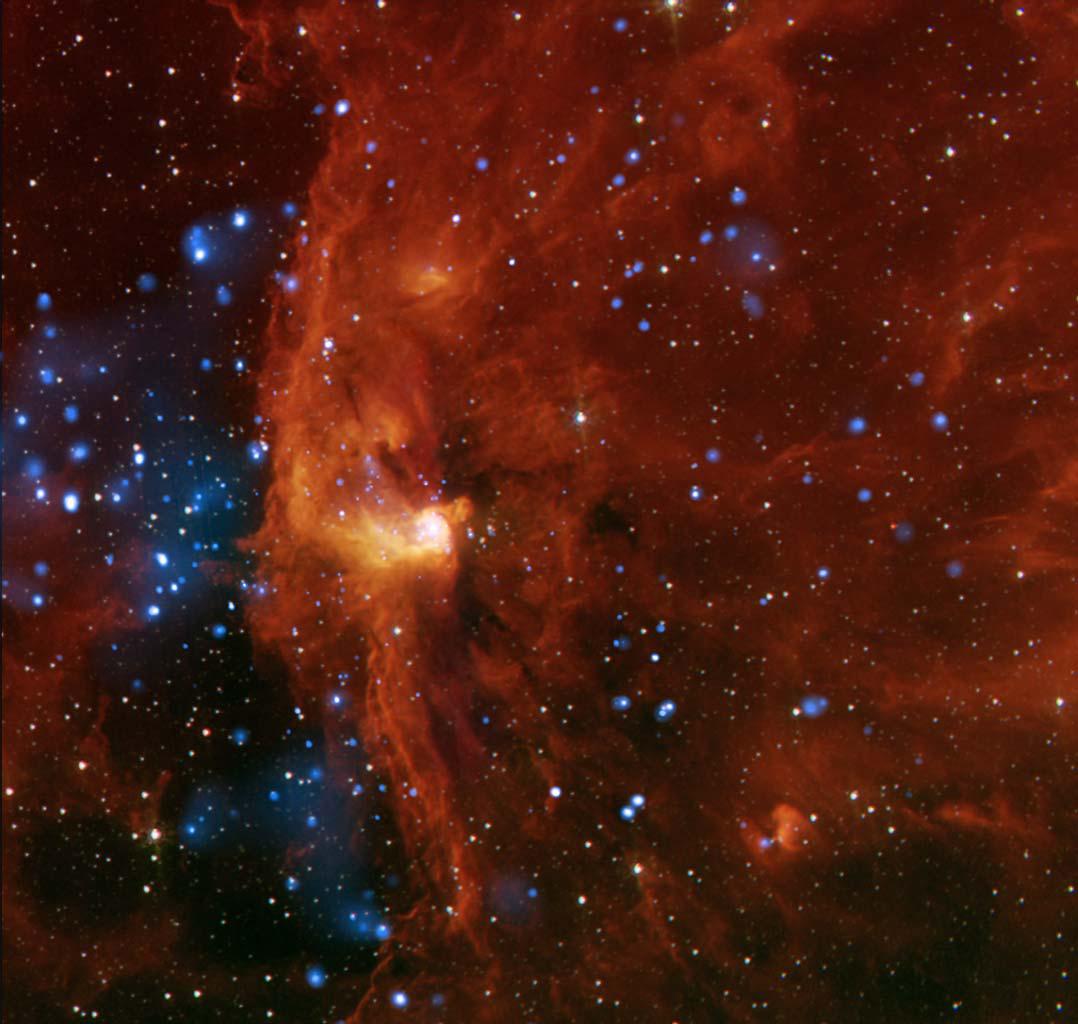
Blue giants and red supergiants
The blue giants and red supergiants are hot and bright. These stars are at least ten times larger than the Sun. The blue giants are extremely luminous in absolute magnitude -5, -6 and more.
Very massive, they quickly consume their hydrogen and their lifespan is very short in the range of 10 to 100 million years ago, very rare in the Milky Way.
When hydrogen in his heart was consumed, then merges the blue giant helium.
Its outer layers swell and its surface temperature drops to become a red supergiant.
The star then produces elements heavier iron, nickel, chromium, cobalt, titanium...
At this point, the fusion reactions stop and the star becomes unstable.
It explodes in a supernova and die. The explosion left behind a strange heart of matters that will remain intact. This corpse is, according to its mass, a neutron star or black hole. Betelgeuse (α Orionis) and Antares (α Scorpii / Alpha Scorpii), Double Star, are red supergiants.
Image: At the heart of the Orion nebula, four giant blue, form a trapezoid and illuminate long-range matter dispersed in space. The atoms absorb the starlight and re-emit according to their own colors, those of oxygen that is in the green, hydrogen and nitrogen in the red.
The Orion Nebula at a distance of 1 350 light years from Earth, offers one of the best opportunities to study the birth of stars, not only because it is the largest and the closest region of star formation, but also because the energy star of the nebula have blown the dust and the surrounding gas, which allows us to see.
We enjoy an intimate vision of a broad spectrum of stars being born and evolve. Some of the brightest stars visible in the sky are blue giants as Rigel (Beta Orionis) and Deneb (Alpha Cygni).
NB: The astronomers classify stars in dwarf or giant. 
Articles on the same theme
"The data available on this site may be used provided that the source is duly acknowledged."
 Giants of the Milky Way: Top of the Most Massive, Largest, and Brightest Stars
Giants of the Milky Way: Top of the Most Massive, Largest, and Brightest Stars 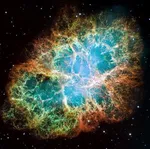 The First Minerals of Stellar Systems
The First Minerals of Stellar Systems 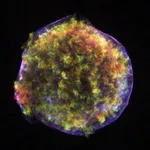 What is a Collapsar?
What is a Collapsar? 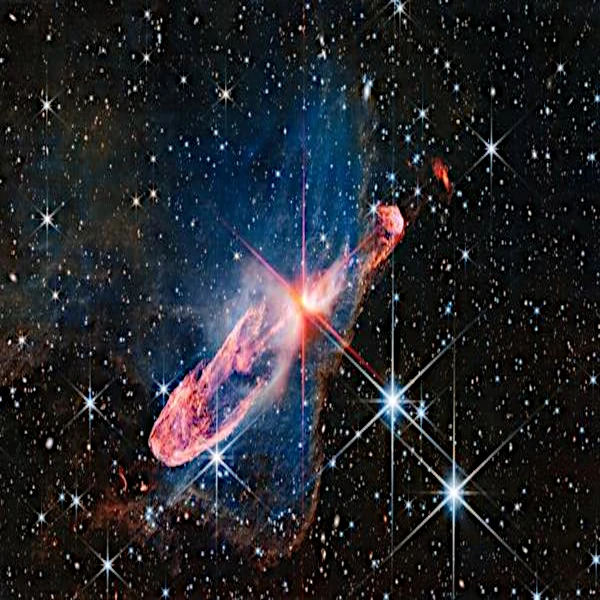 The life of the stars: From the collapse of the nebula to the cataclysmic explosion
The life of the stars: From the collapse of the nebula to the cataclysmic explosion  Black hole, massive star residue
Black hole, massive star residue 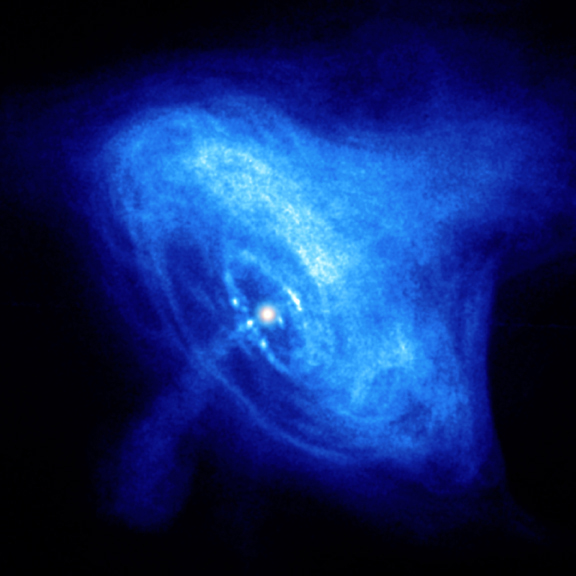 Neutron Star
Neutron Star  He is born four or five stars every year
He is born four or five stars every year  The mystery of gamma-ray bursts
The mystery of gamma-ray bursts 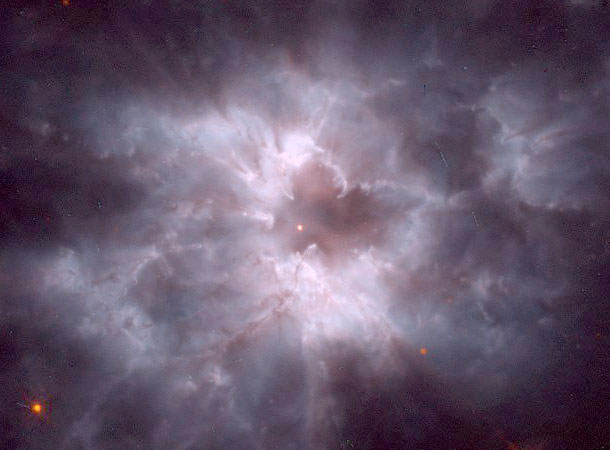 The white dwarfs
The white dwarfs 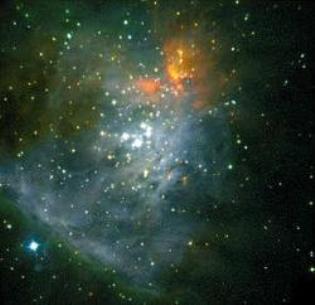 The brown dwarfs
The brown dwarfs 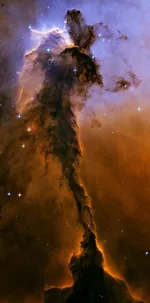 The Wind of Stars: Interaction between Light and Cosmic Dust
The Wind of Stars: Interaction between Light and Cosmic Dust  Bright Stars Sirius
Bright Stars Sirius  The Cigar Explosion
The Cigar Explosion 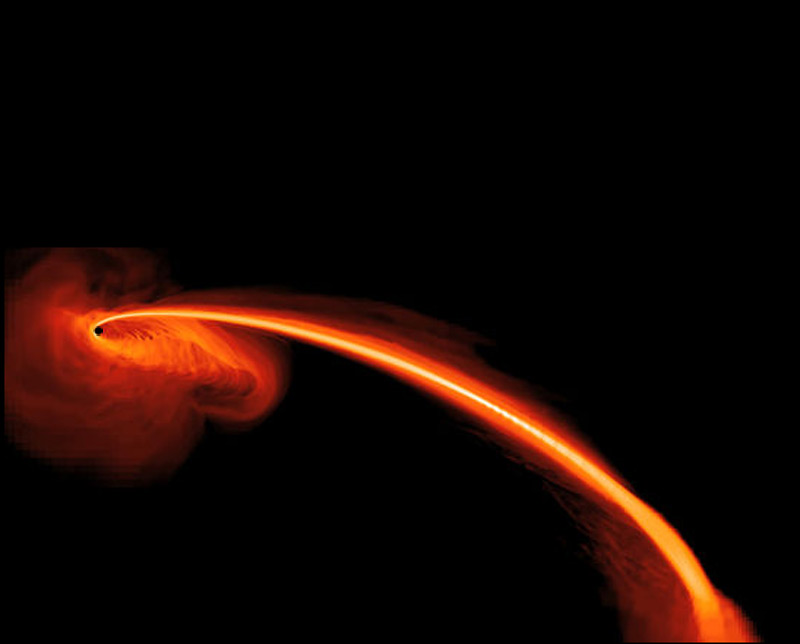 Escape velocity of small objects from black holes
Escape velocity of small objects from black holes 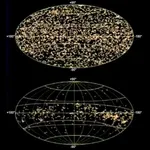 Gould's belt, a stellar firework
Gould's belt, a stellar firework  The death of stars as seen by hubble
The death of stars as seen by hubble 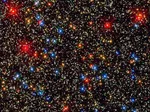 Blue, white, yellow, orange stars
Blue, white, yellow, orange stars  The 500 stars of the Pleiades
The 500 stars of the Pleiades  In search of black holes
In search of black holes 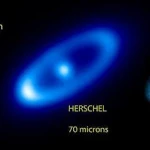 The Star Fomalhaut: The Mouth of the Fish
The Star Fomalhaut: The Mouth of the Fish  A black hole swallowing a star
A black hole swallowing a star  The yellow dwarfs
The yellow dwarfs 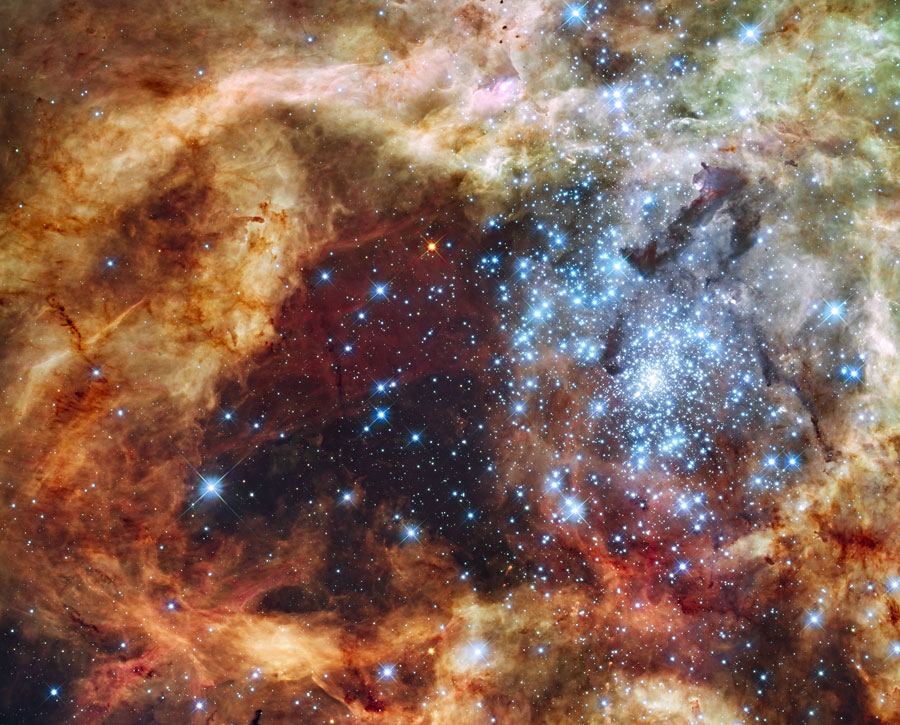 Thousands of stars bound by gravity
Thousands of stars bound by gravity  Comparative sizes of planets and stars
Comparative sizes of planets and stars 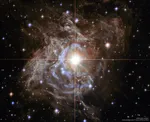 What is a Cepheid?
What is a Cepheid? 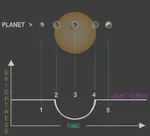 Turn off the stars to see exoplanets
Turn off the stars to see exoplanets  Supernovae or the death of a star
Supernovae or the death of a star  Betelgeuse: Giant Star on the Edge of Chaos in Orion
Betelgeuse: Giant Star on the Edge of Chaos in Orion  Star or Planet
Star or Planet 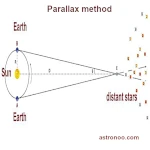 From the Naked Eye to the Space Telescope: What Methods Evaluate the Distance of Stars?
From the Naked Eye to the Space Telescope: What Methods Evaluate the Distance of Stars? 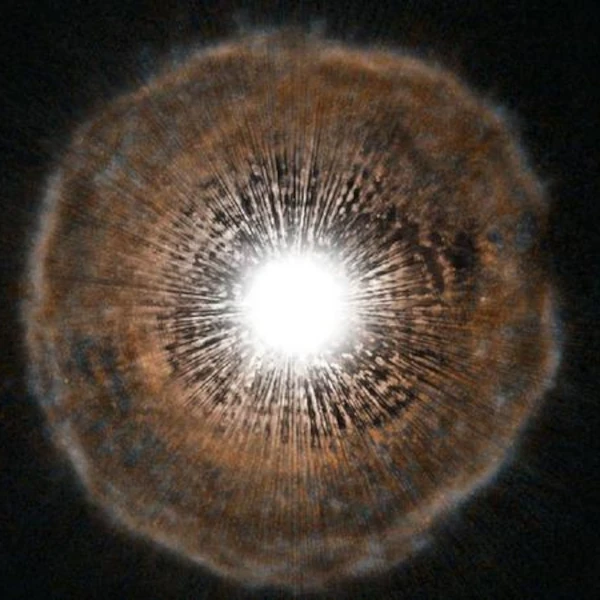 U Camelopardalis: The Carbon Star Losing Its Envelope
U Camelopardalis: The Carbon Star Losing Its Envelope 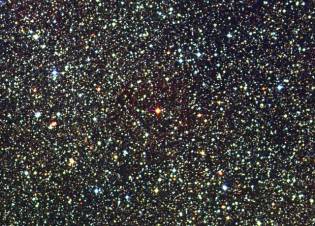 The red dwarfs
The red dwarfs 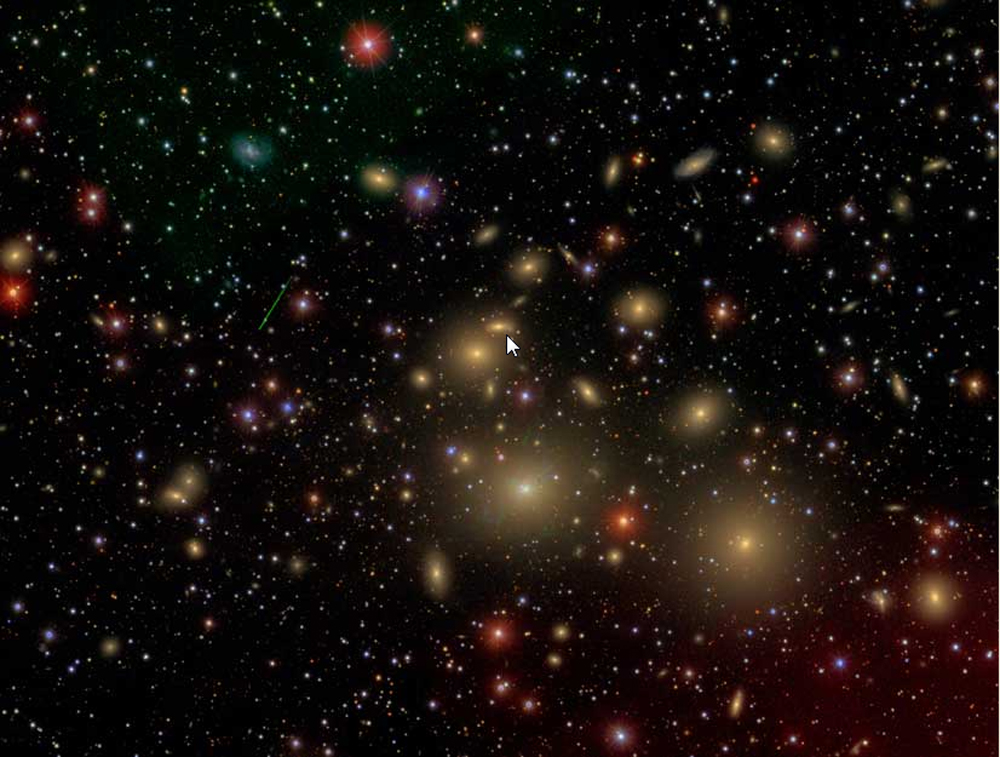 A gigantic black hole
A gigantic black hole  Monocerotis: The Mysterious Star of the Unicorn
Monocerotis: The Mysterious Star of the Unicorn  Stars near Alpha Centauri
Stars near Alpha Centauri  Super explosion and supernova SN 1572
Super explosion and supernova SN 1572 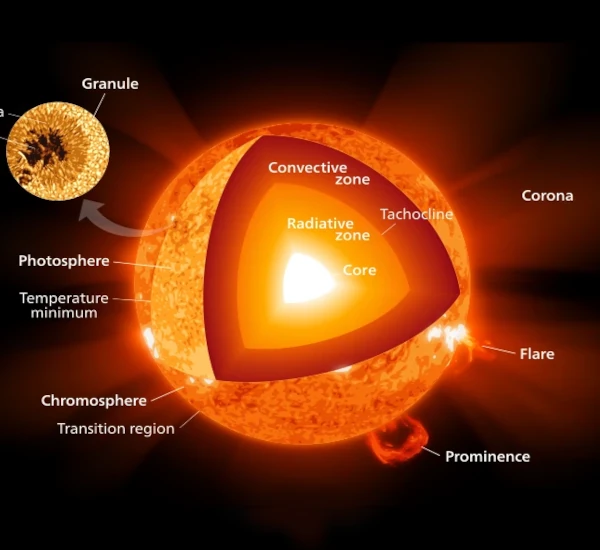 The Power of the Sun
The Power of the Sun  Coatlicue, the star at the origin of our Sun
Coatlicue, the star at the origin of our Sun